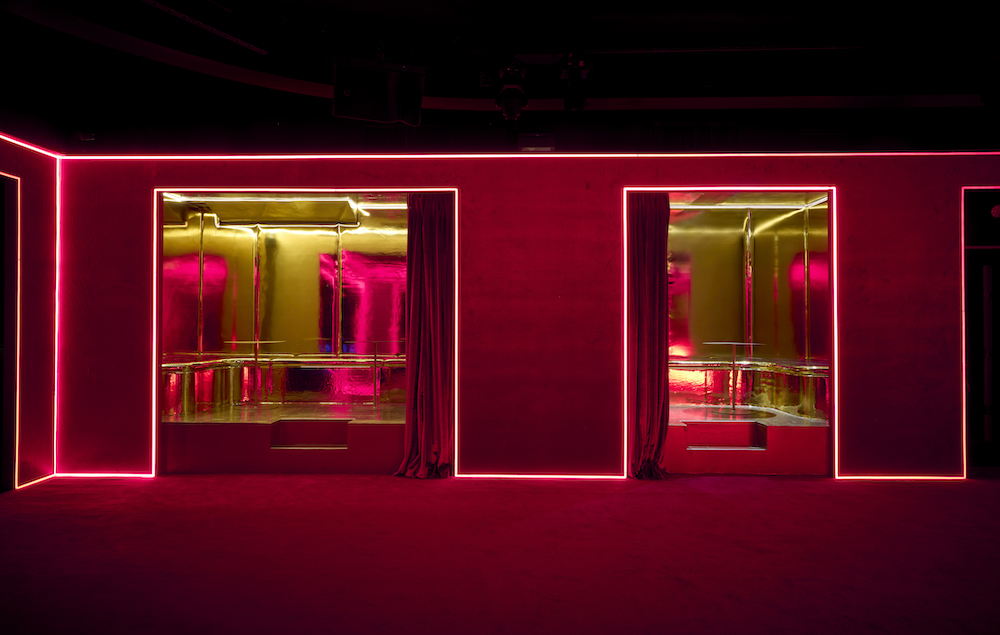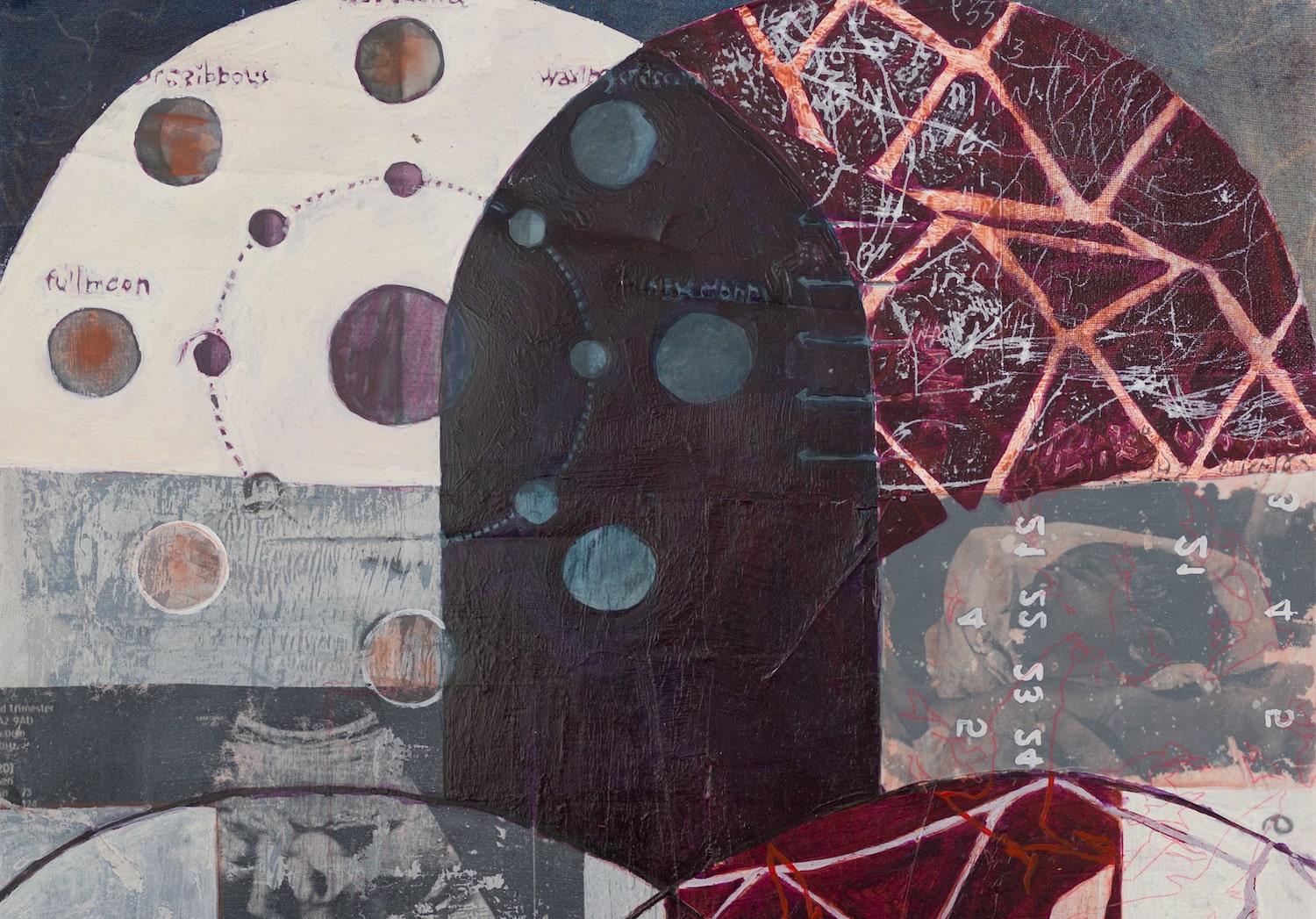Malik Roberts’ “Blk & Blue” is currently on view at ABXY in New York. The exhibition includes all new work, and is the artist’s second solo show with the gallery. His paintings take the issue of mental illness head on. In greys and blues (a palette inspired by Picasso’s Blue Period), the artist began to work through his own health struggles, eventually addressing the environmental factors that cause depression and anxiety in his community.
Whitewall spoke with Roberts about painting the feelings of facts.
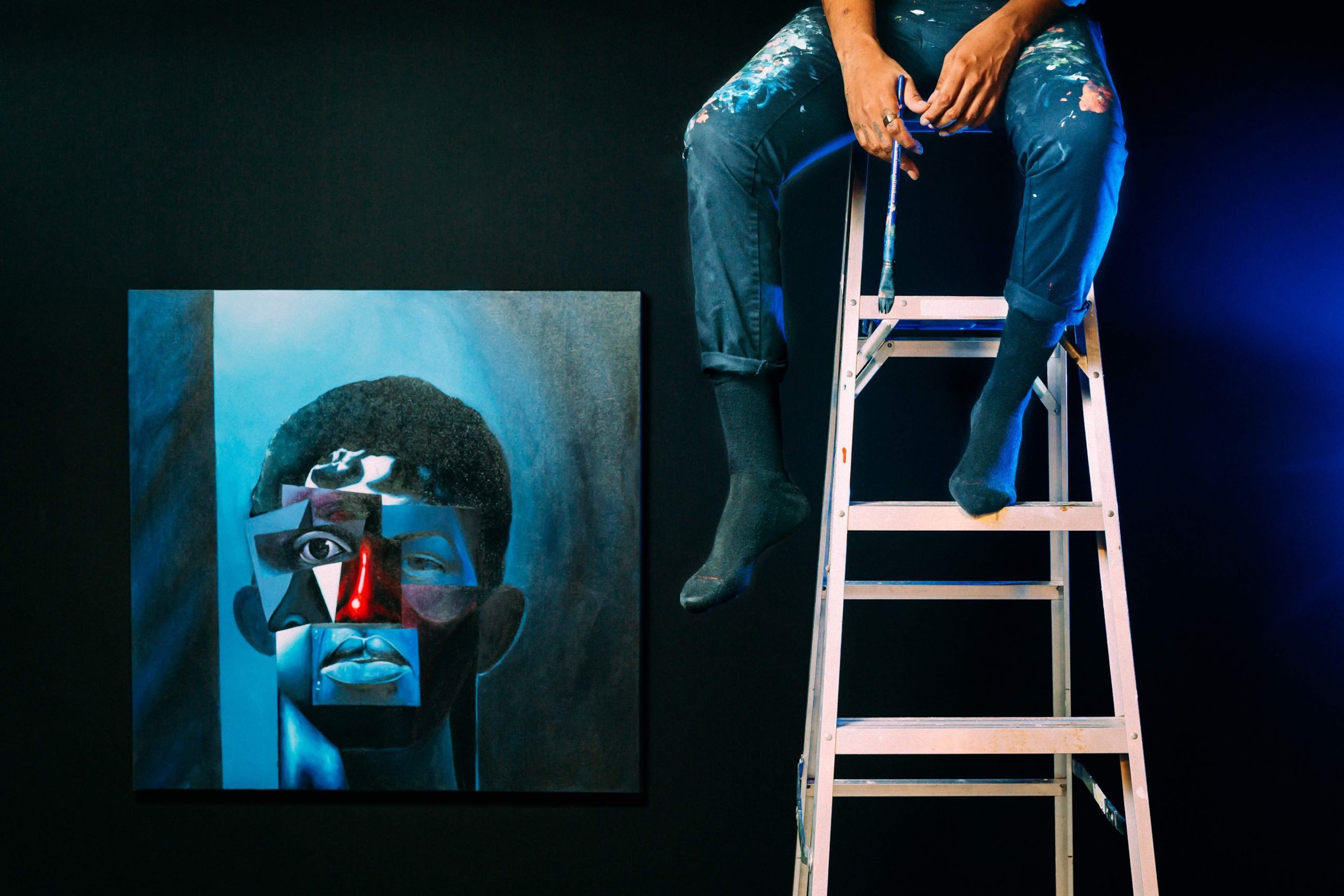
Courtesy of ABXY.
WHITEWALL: What was the starting point for “Blk & Blue”?
MALIK ROBERTS: After my last show I was dealing with a little bit of depression. I get depressed from time to time but after the show I felt like I had poured all my energy into it, and I was in a stupor for a couple of weeks. So it really began with my own mental health struggles.
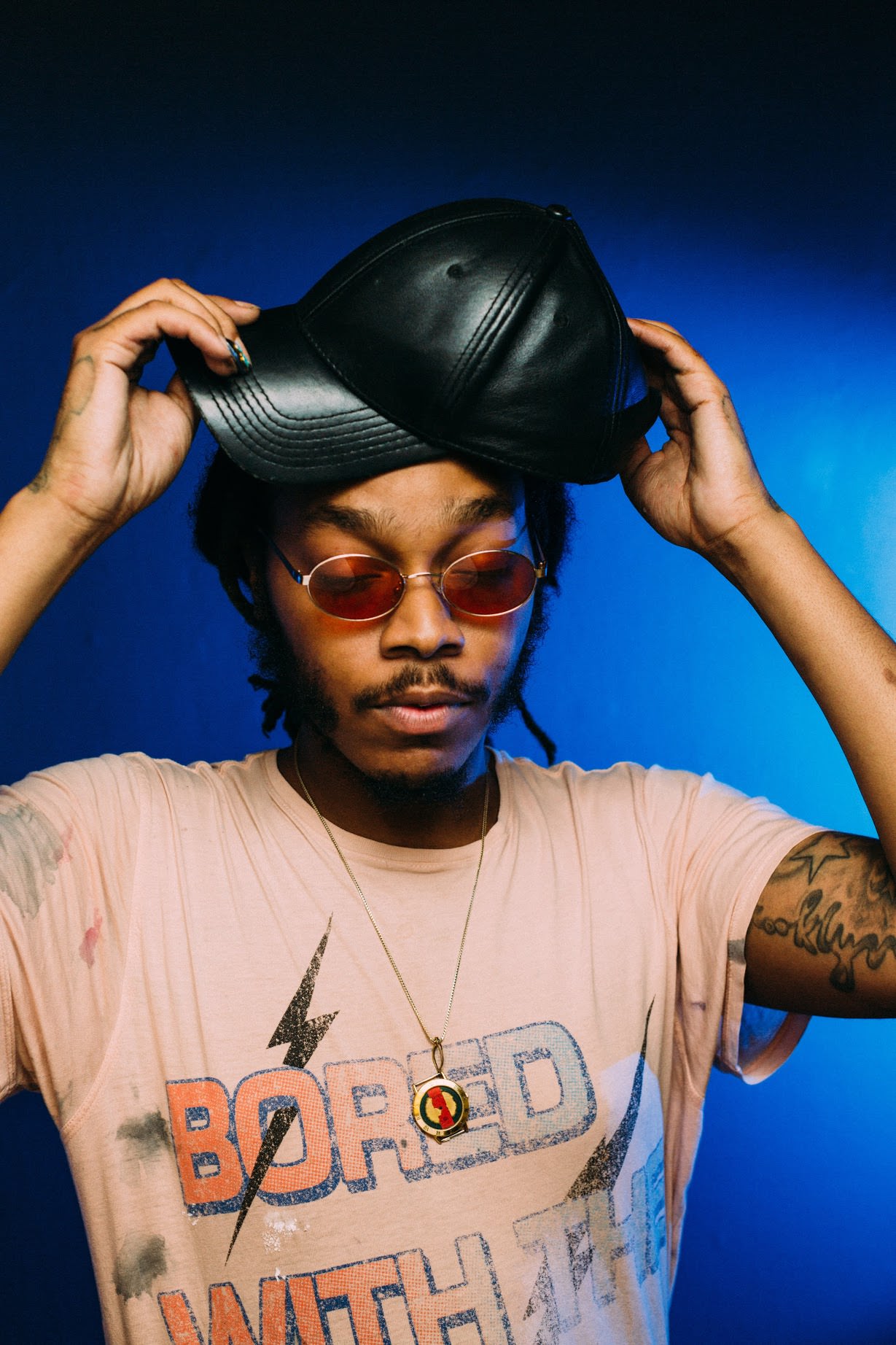
Courtesy of ABXY.
WW: What made you want to address the issue of mental illness?
MR: Aside from my own personal struggle… Around the same time, in the public sphere, a couple of rappers had died, mostly from overdoses or suicide. That’s when I started doing some more research about mental health. And through my research I found that a lot of mental illness is caused by environmental factors. As I read about those situations, the illnesses they cause and symptoms they create, I started thinking about things I’ve seen, the environments in my own life, growing up in black and brown communities. And it was like a revelation. I started to understand how that environment affected not only me, but so many people around me as well.
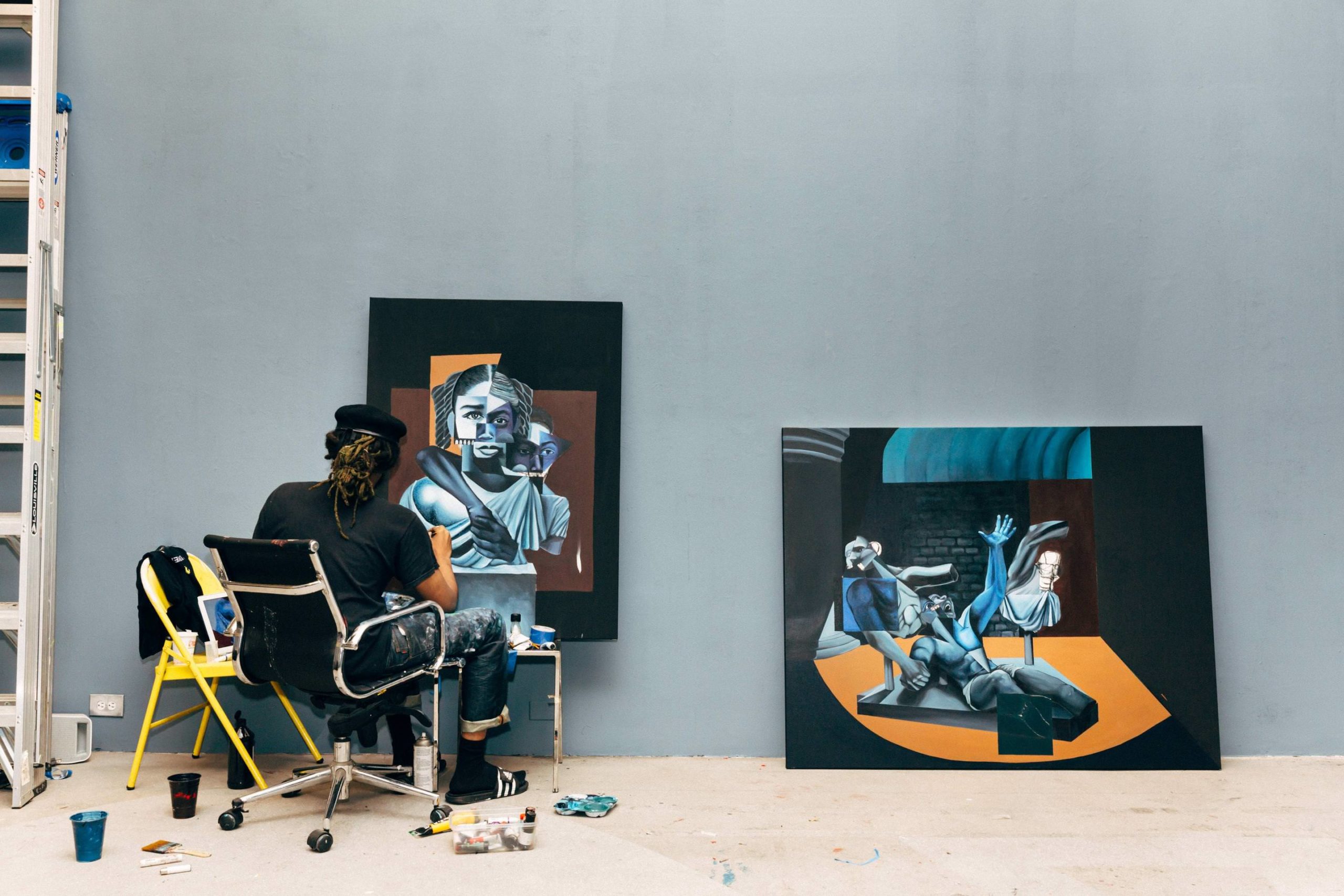
Courtesy of ABXY.
WW: You relate environment to mental health, with landscapes and portraits why was it important to you to show environment affects things like anxiety and depression?
MR: I wanted to make half the paintings in the show landscapes and half of the paintings portraits to show how these things are related. Cause and effect. Environment and illness. But I chose to paint black people in black environments because that’s my experience. As I was reading about mental illness, I kept having these “aha” moments, when I would understand how someone I knew had behaved because of something I knew had happened to them.
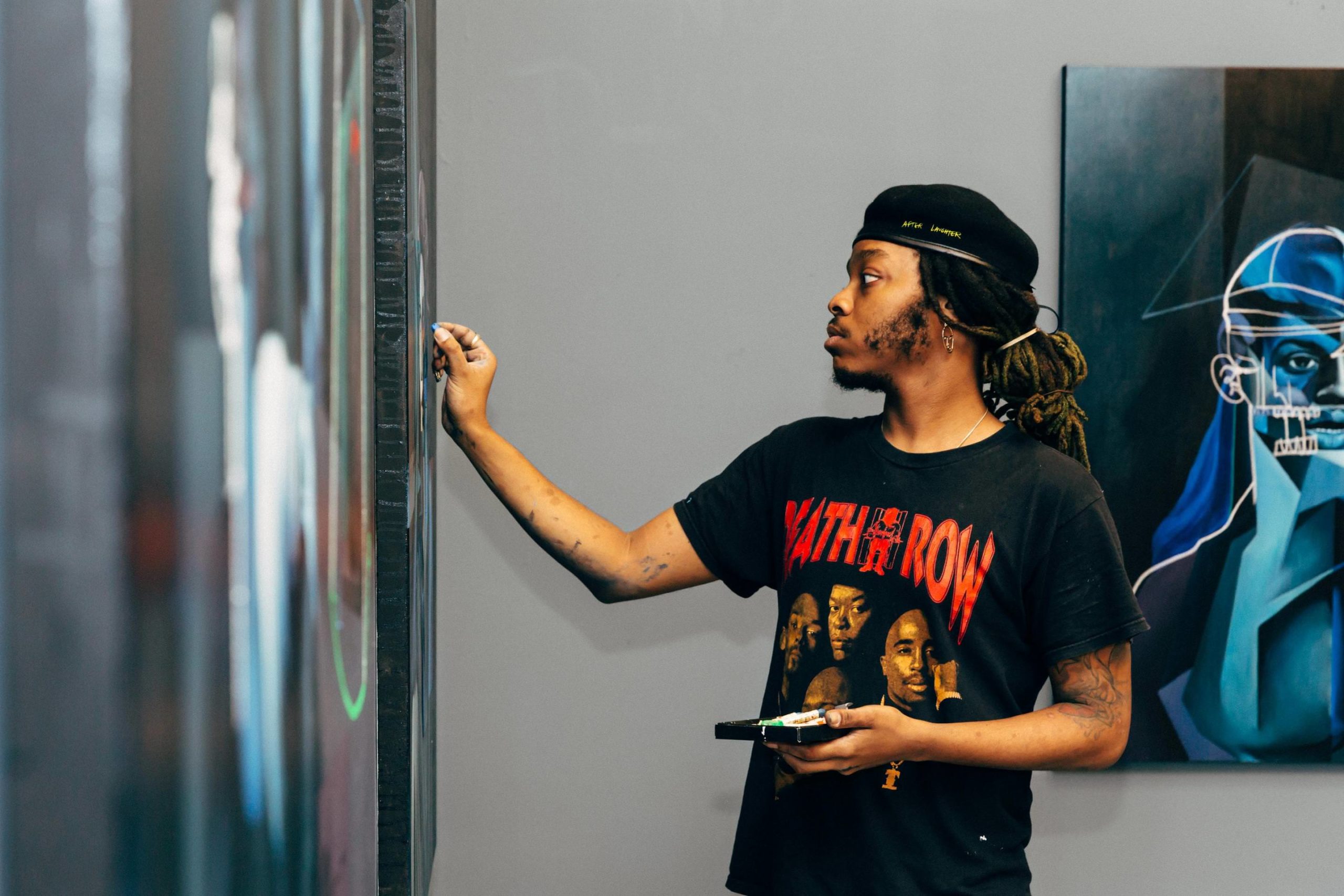
Courtesy of ABXY.
In these studies they often use words like “inner city” or “urban areas.” They don’t outright say brown or black communities find themselves in these environments more than other communities, but we know they do. The American socio-economic landscape is the result of hundreds of years of institutional racism. That’s just facts. And facts are always important to paint.
WW: How did that influence your choice of palette in blues and grays?
MR: For my last show I used more blue than I ever had before, as a way to symbolize the oceans we crossed as slaves. And as I was coming up with the idea for the show I thought of Picasso’s Blue Period works, and how he made his subjects look so anguished. So I started getting into that too.
Picasso began painting his “Blue Period” works at a time he was battling with his own depression. A friend of his had committed suicide, he was struggling as a painter, and he saw people all around him struggling to survive as well.
Every part of the scenario felt so analogous to what I was feeling myself and what I was learning about, I started leaning even more towards this idea of working in the color blue. The nail in the coffin was when I watched Moonlight. The tagline of that movie is “Black Boys Blue,” and it just clicked, “Blk & Blue.” That was it.
WW: How did you want to depict the inner world of your subjects?
MR: The way it is. My subject’s interior lives are in conflict with their exterior worlds. So while their postures might indicate normalcy or strength, their facial features indicate the stress and trauma that lives inside them. This is the first time I really have used oil paint in my works. And my subjects eyes are very revealing of their inner worlds, and I think the oil paint helps bring those very human aspects to life. Particularly in contrast to the stoic, statuesque portrayal of their bodies.
WW: How are you hoping viewers will react to the work?
MR: I hope people will relate to it. I think everyone struggles at least with a little anxiety or depression at some point in their lives. For someone who grew up in a black or brown community, I hope these works allow them to see that they’re not alone. For someone didn’t grow like me, I hope it makes the struggles of others more relatable to them. I hope they recognize the feeling, if not the environment, because we all have experience with mental illness in some way or another.
I myself was really interested in this question though, “How will people relate to the work?” So for the opening, we actually took individual people down to the studio and asked them how they felt in response to the show. Our friend, curator Juin “JR” Frantz taped these interviews and came up with this video, which came out really nicely.
WW: Was there one painting that was particularly challenging to you?
MR: All paintings are challenging. But for me, it’s not the execution that’s hard, it’s the conception of the idea, and how the idea will be communicated through my subjects, my compositions, colors etc. So once I had all that down, the painting part was actually not so bad!






